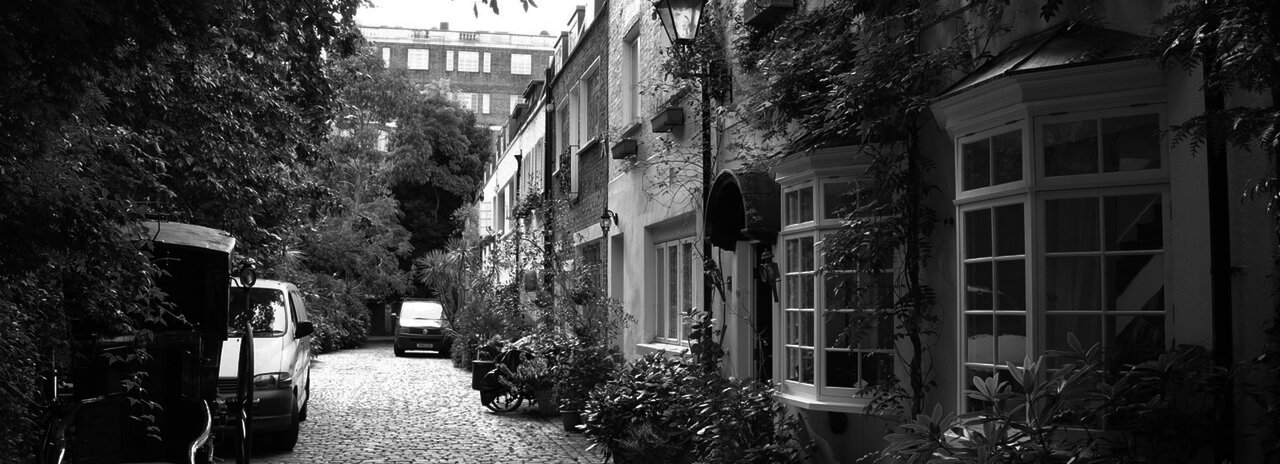The implications of late VAT registration
VAT registration is compulsory for any UK established persons who are in business and make or intend to make taxable supplies should either one of the following tests are satisfied:
· Historical test
Under the 'historical test', if taxable sales have exceeded £85,000 in any rolling 12-month period, the business must register within the next month after exceeding the threshold, the effective date of registration being the first day of the second month after exceeding the threshold (e.g., if sales exceeded £85,000 for the first time in the twelve months to 31 August 2023, notification must be by 30 September, registration being effective as from 1 October 2023).
· 'Future' test
Under this test', if taxable sales are expected to exceed £85,000 within the next 30 days, registration is at the beginning of the 30-day period. Taxable sales include those subject to 0%, 5% or 20% VAT. An earlier date can be agreed between HMRC and the business.
Penalties
HMRC may spot a late registration when a business files its accounts or personal tax returns, but there is no guarantee; it is the trader’s responsibility to notify. Late registration now falls within the 'failure to notify penalty regime'. Penalties are based on the potential loss of tax increasing in steps according to the degree of culpability. However, HMRC has confirmed that no charge will be levied if all of the following apply:
· there is a reasonable excuse for the failure;
· the failure was not deliberate; and
· the taxpayer notified HMRC 'without unreasonable delay' after the reasonable excuse ended.
A 'reasonable excuse' is something that stopped the taxpayer from meeting the obligation to notify on time (e.g., bereavement). As ever, the actual percentage charged will depend on the particular circumstances and abilities of the taxpayer. The penalty charge for non-deliberate late registration is from 0% to 30%; deliberate is 20% to 70%, and deliberate and concealed 30% to 100%. Where the final penalty sits between the minimum and maximum percentages depends on the quality of the disclosure, judged by HMRC according to timing, extent and nature. 'Quality' has three elements: advising (30%), helping (40%) and giving access (30%) – the amounts in brackets are the percentages by which the maximum possible penalty is reduced within the statutory range. It should be noted that there is a 20-year time limit where there is a failure to notify a compulsory VAT registration.
Issuing VAT invoices
The supplier will be liable to account for VAT on supplies made since the effective date of registration. HMRC will treat the income as VAT inclusive although the supplier has the option of issuing VAT only invoices if the customer agrees to pay the extra, usually on the basis that they can recover it.
Importantly, until a VAT number is issued, VAT invoices cannot be issued and VAT cannot be shown as a separate line on any invoice. HMRC recommends that during the waiting period, the business increases its prices by the amount of VAT that would have been included on a proper VAT invoice and show the words 'including VAT'. It might also be helpful to a customer if the invoice also states that 'a VAT registration number is being applied for'. VAT invoices can then be issued when the VAT number is finally received.
Practical point
Applications for a VAT registration number, late or otherwise, are currently taking at least 40 days to be issued. Late registration may take longer as HMRC undertakes additional checks and may require further information from the business. Unfortunately, a business can no longer phone to chase for their new number as there is no VAT registration helpline. Instead, anyone chasing needs to email: vrs.newregistrations@hmrc.gov.uk

